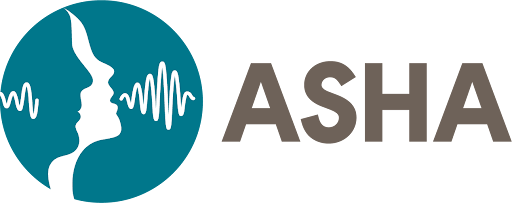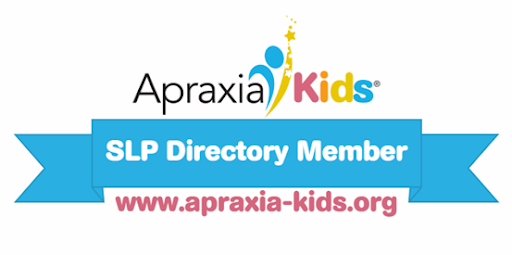T
It’s the holiday season! That means many parents are taking notes on what toys might make their child light up. There are plenty of electronic toys that excite kids with sounds, music, buttons and flashing lights. From a speech and language perspective, these toys may not be the top choice for increasing verbal output and facilitating language and play development.
A study from the American Academy of Pediatrics (AAP) which compared traditional toys to electronic toys found that traditional toys result in better child-caregiver interactions and thus lead to increased communication-learning opportunities. Traditional toys provide opportunities for imagination. Children are able to create play schemes which they can change the next time they play. The buttons, sounds and switches are limited, so children to have to add their own magic.
Speech-language pathologist Emily Ferjencik provides examples of traditional toys and how to use them to maximize language and fun: blocks, dolls, puzzles, books, simple toy cars, balls, and even empty boxes and containers. For more ideas about this topic, check out her blog: https://blog.asha.org/2019/05/13/the-best-toys-for-slps-are-the-toys-that-do-nothing/
Get a Free Online Assessment
Looking for an expert opinion on your child's needs? Fill out a 3 minute questionnaire and receive a personal evaluation from our staff
By submitting this form, you are consenting to receive marketing emails from: . You can revoke your consent to receive emails at any time by using the SafeUnsubscribe® link, found at the bottom of every email. Emails are serviced by Constant Contact


